While in theory 9xx, 4500 and 5000 can use ring flashes for close-up photographic work, in many situations the use of a ring flash is not entirely feasible. There are a number of reasons. However, three of them are worth mentioning. First, a ring flash may block the flash sensor. Second, since the Coolpix cameras do not use through-the-lens (i.e., TTL) flash metering, getting a well-exposed close-up using ring flash is not easy. Third, perhaps the worst, most ring flashes are designed for 35mm SLR cameras using micro/macro lenses. These lenses have a working distance around 15cm, and the minimum power of a typical ring flash can only be achieved at about this distance. However, the Coolpix cameras can close focus to 2cm. At this distance, the ring flash being used will not be able to reduce its power as instructed by the camera and over-exposed images are likely. We certainly can use neutral density filters to reduce light intensity; however, it is quite tedious. For those who do close-up photography frequently and feel that ring flashes may be too strong, this new Cool-Light SL-1 ring light may provide a solution. A similar product is the Samigon Halo-Light FRL-1 (Fluorescent Ring Light). Click here for the details.
The SL-1 is a continuous light rather than a flash light. This means it is on continuously until you turn the power switch off. SL-1 has eight built-in small LED's and none of them can be turned off individually.
The images below show the front side of SL-1. The left one has the power switch, while the right one shows the external power connector. The small silver screw is the attachment wheel lock.
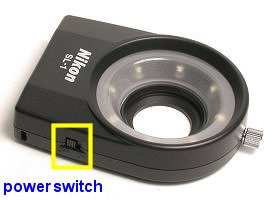
|
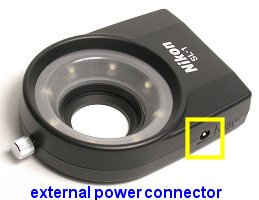
|
The left image below shows the back side. It has a 28mm thread to be used for mounting the SL-1 to the 9xx and 4500 cameras. The Nikon UR-E6 step-down is required for the Coolpix 5000 (below right). Coolpix 775, 880 and 885 will need UR-E3, UR-E2 and UR-E4, respectively.
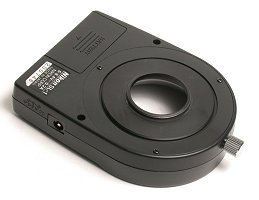
|
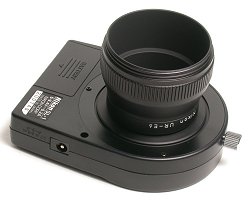
|
SL-1 uses two CR2-type 3V lithium batteries. It also accepts various Nikon AC adapters (i.e., EH-53, EH-31, EH-30 and EH-21). Battery packs that are compatible to the above mentioned AC adapters may also be used. The left image below shows the use of external power, while the right one below clearly shows the eight LED's and their positions.
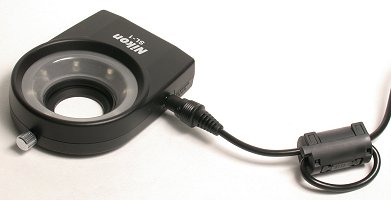
|
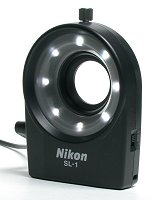
|
To use the SL-1, the first step is to turn the attachment wheel lock clockwise until it is locked. This will fix the step ring on the back of the SL-1 so that it will not rotate. If necessary, screw a step ring on to the thread of the SL-1, and screw the set (i.e., SL-1 plus step ring) on to the lens. Once the SL-1 (and step ring) is mounted, you can disengage the attachment wheel lock to rotate the SL-1 for your application. Don't forget to lock the SL-1 again once the desirable orientation is obtained.

The following images show different orientation of the SL-1 mounted on a 995 and 5000.
| 9xx & 4500 | 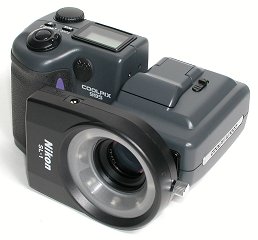
|
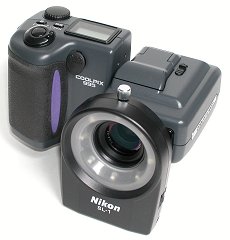
|
| 5000 | 
|
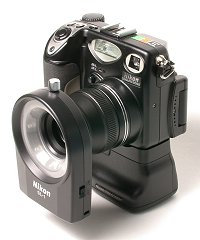
|
Since the light intensity of the SL-1 is quite weak, it is supposed to be used in close or very close distance. Nikon suggests that the SL-1 should be used within 12cm. Therefore, putting the camera in close-up mode and automatic white balance usually works fine. Of course, the internal flash should be disabled.
The SL-1, it seems to me, is designed to fully support the 2cm minimum working distance of 9xx and 4500. In this case, we simply place the SL-1 on the subject (see image below), set the camera to the macro mode until the yellow flower appears, and take a shot. The use of histogram in the playback mode to fine tune exposure compensation may be needed.
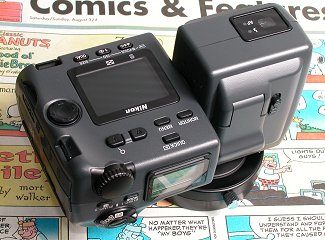
The following two images show the lighting quality of the SL-1 when the focus distance is about 2cm. The illumination is quite even; however, because the intensity of SL-1 is low, using a smaller aperture, say f8.0, would force the shutter speed to be as low as 1/4 sec or even slower.

|

|
| Click on the image to see a larger one | |
However, when the focal length is slightly moved to the wide angle end, un-even illumination may occur. In fact, the right image above shows a slight touch of un-even illumination. The following is a clearer example. The left image below was taken using the 2cm focus distance. However, no exposure compensation is applied. The right image is taken by zooming out without exposure compensation. Now, it is clear, in the right image below, that the border portion receives more illumination than the center portion. Note that the illumination would look more even if exposure compensation is applied (because the border portion will be over-exposed while the center portion becomes quite normal).
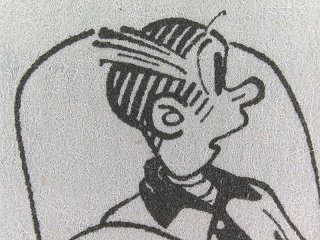
|
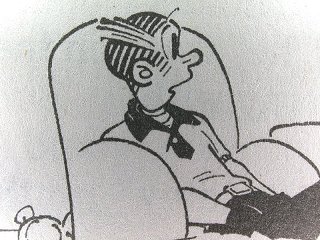
|
| Click on the image to see a larger one | |
This could become worse if the flash-subject distance is a little larger, the lens is zoomed out a little wider, and the background is reflective. In this situation, we may see very bright corners or up to eight hot spots, one for each LED, as shown in the images below. Therefore, use the LCD monitor to carefully frame your shot. On the other hand, with larger flash-subject distance, the SL-1 will illuminate the subject quite uniformly. A minor problem is that illumination could become too weak and a shutter speed of 1/2 sec or even 1 sec is not uncommon.
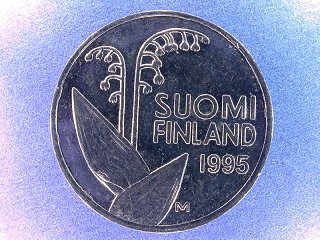
|
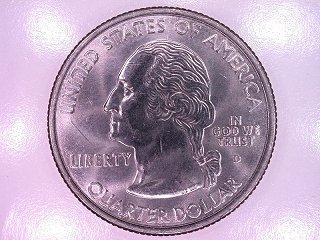
|
| Click on the image to see a larger one | |
Ring flashes and ring lights are designed to deliver an even illumination. As a result, the images may look a little flat. On the other hand, because illumination comes from all directions, a slightly non-flat reflective feature may have a bright silhouette. See the images above. The following are more examples of shooting flat subjects. Since the flash-subject distance is between 20cm to 30cm, illumination is uniform and no hot spot is in the images (because they cancel each other). However, darker corners are there since flash-subject distance is larger than 12cm, the maximum flash-subject distance that Nikon suggests in SL-1's manual. Overall, the results are quite satisfactory.

|
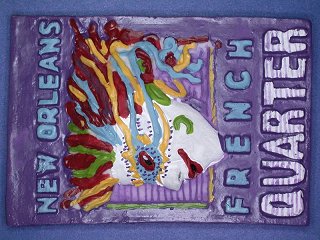
|
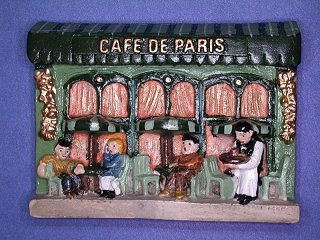
|
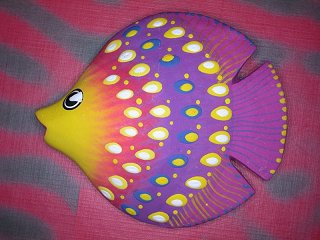
|
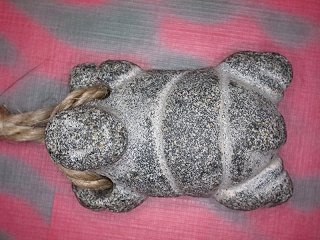
|
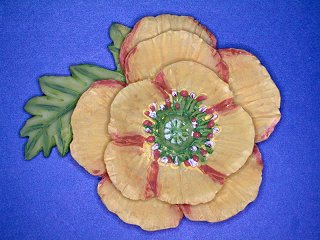
|
| Click on the image to see a larger one | |
There is a minor problem, though. Since there are eight LED's rather than a circular tube, in some cases we may see multiple shadows as shown in the image below. However, move the SL-1 closer to or farther away from the subject usually eliminates this problem. Some images shown above also depict multiple shadows; however, you need to look at the larger images carefully to find them.
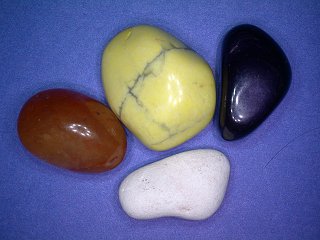
|
| Click on the image to see a larger one |
Even though ring flashes and ring lights are supposed to be mounted in front of a camera lens, we do not have to follow this rule. Sometimes breaking this rule would help us yields better lighting. Moreover, since the SL-1 is small, it can easily be used as a small fill light even under sun light. Since the light intensity from the SL-1 is weak, this fill light trick is virtually useless under bright sun light. However, I really doubt that people would do close-up photography under strong sun light since contrast is too strong. See John Shaw's wonderful book Closeups in Nature for the details. The following is a simple example. The left image was taken without exposure compensation. As you can see, strong back lighting produces strong shadow areas. The right one was taken by placing the SL-1 to the right side and very close to the subject. Thus, the fill light from SL-1 makes the right side of the subject more pleasant. Also note the reflection of the SL-1 in the left eye of the subject. Since the 9xx and 4500 cameras do not have true TTL flash control, it is a little tedious to use fill flash. However, the SL-1 is easier to use since it is a continuous light source that you can actually see the result on the LCD monitor before taking a shot.

|

|
| Click on the image to see a larger one | |
The SL-1 can also be used as the main light source in a controlled environment. The left image below was taken by placing the SL-1 slightly above the camera. The right image was taken by placing the SL-1 to the left and above of the subject to eliminate shadows. Both images used a black background.
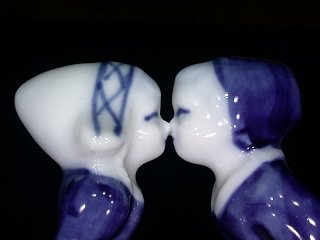
|
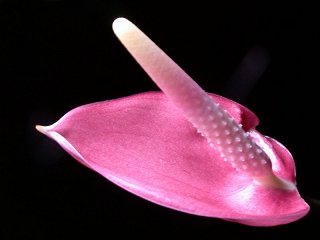
|
| Click on the image to see a larger one | |
The following are two more examples.
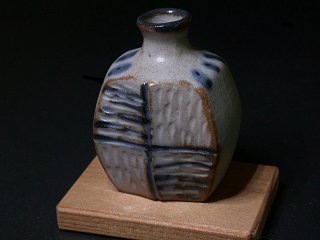
|
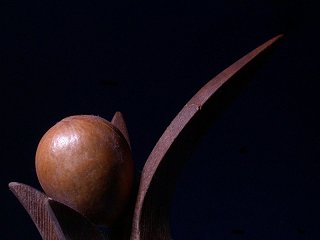
|
| Click on the image to see a larger one | |
In an effort to eliminate multiple shadows, I found an interesting way of using the SL-1. The image below was taken by placing the SL-1 above the camera and multiple shadows are quite clear. Since the shutter speed is as slow as 2 seconds, I circle the SL-1 above the subject quickly. The result is the right image below. It is not difficult to see: (1) shadows are softer because the light source is moved around quickly, (2) no multiple shadow is seen, (3) the highlight becomes a little weaker and extends a little wider, and (4) the bottom portion of the subject is illuminated properly. In my experience, this trick is quite effective with slow shutter speed. It needs some practice to take the full advantage of this trick, though. Of course, making the SL-1 stay at a position a little longer will generate not-so-even illumination.
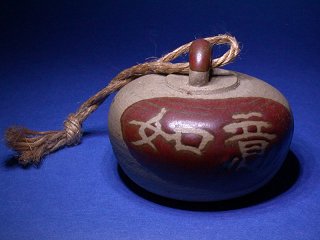
|
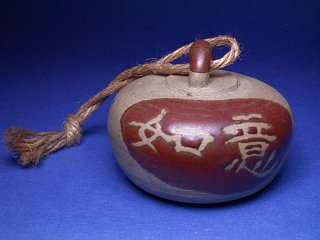
|
| Click on the image to see a larger one | |
More expansive ring flashes have two or more flash tubes, each of which can be turned on and off individually. However, the eight LED's of the SL-1 are on or off at the same time and cannot be turned off separately. To create an un-even illumination for a more 3D looking, we can cover some of these LED's with non-transparent or semi-transparant materials.
The following four images are examples. Four of the eight LED's were covered with white papers, reducing their illumination power significantly. Note that the SL-1 is mounted on camera. The left (resp., right) image on the top row was taken by placing the non-covered LED's in the bottom (resp., right) side of the subject, while the left (resp., right) image on the bottom row was taken by placing the non-covered LED's in right (resp., top) side of the subject. This creates more contrast than those captured with no LED covered.
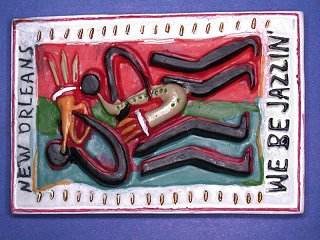
|
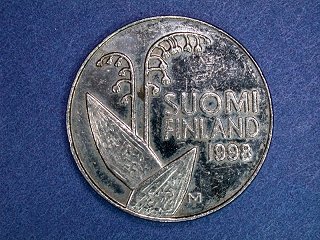
|
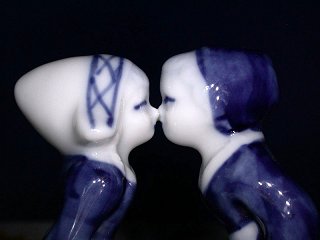
|
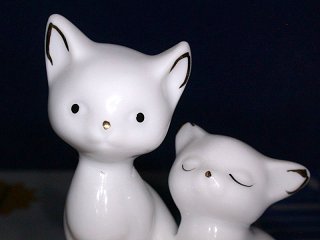
|
| Click on the image to see a larger one | |
The SL-1 is a very useful tool and is easy to carry around due to its small size. In fact, it has freed me from using a ring flash for many shooting occasions. Here is a list of my very personal findings: